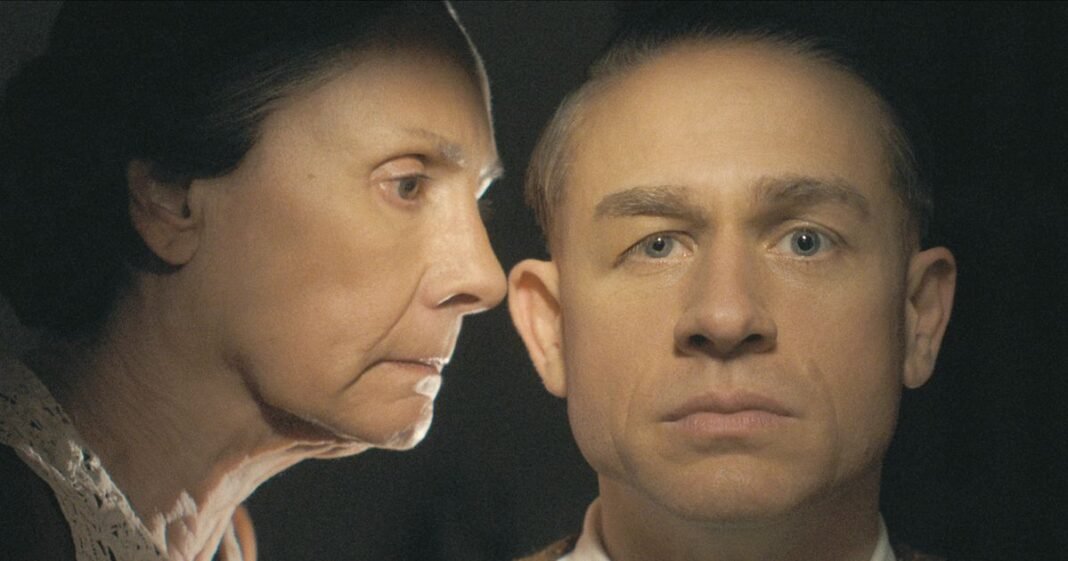A recent true crime series penned by the writer of Netflix’s Jeffrey Dahmer narrative has stirred up strong emotions among viewers.
The latest production by renowned filmmaker Ryan Murphy delves into the chilling tale of Ed Gein, a notorious figure who rose to notoriety as one of the most grotesque killers in American history during a spree of killings and body thefts in 1950s Wisconsin.
Part of Murphy’s ‘Monster’ anthology, the show sheds light on the twisted psyche of the infamous Gein for the first time, leaving many lingering queries unanswered.
Gein, also known as The Butcher of Plainfield, gained infamy for his heinous deeds that inspired fictional villains such as Psycho’s Norman Bates and Buffalo Bill from The Silence of the Lambs.
Living secluded in a remote Plainfield residence he once shared with his family, Gein remained unnoticed for years until a local woman’s disappearance in 1957 triggered an investigation, unveiling his gruesome secrets.
Upon searching the property, authorities uncovered disturbing items like bowls crafted from skulls, masks made from human skin, and the skull and facial skin of one of Gein’s victims, Mary Hogan, a 54-year-old local tavern owner.
Gein faced charges for the murders of Mary Hogan and Bernice Worden, a 58-year-old woman. Admitting to both killings, he was linked to Bernice’s decapitated and disemboweled head found on his premises, with the victims bearing a resemblance to his late mother.
While Gein’s atrocities against women are well-documented, unresolved questions linger regarding his brother’s demise, intriguing Netflix enthusiasts for further revelations.
In the series’ premiere, viewers witness Gein’s violent assault on his elder brother Henry, where he fatally strikes him with a wooden object and fabricates a fire incident upon police arrival, raising doubts about Henry’s untimely demise.
Born on August 27, 1906, to George and Augusta Gein, Ed Gein’s tumultuous family history, marked by his father’s abuse and eventual death, intertwined with the suspicious circumstances surrounding his brother’s tragic passing.
The untimely death of Henry Gein, initially attributed to smoke inhalation-induced heart failure during a marsh-burning incident, sparked speculations of foul play. Amid conflicting reports and suspicions, Ed Gein’s alleged involvement in his brother’s death remained a subject of debate, despite his consistent denials.
Pleading insanity and deemed mentally unfit for trial, Gein spent his remaining years in psychiatric institutions until his death from lung cancer in July 1984 at the age of 77, maintaining his innocence regarding his brother’s mysterious demise.

